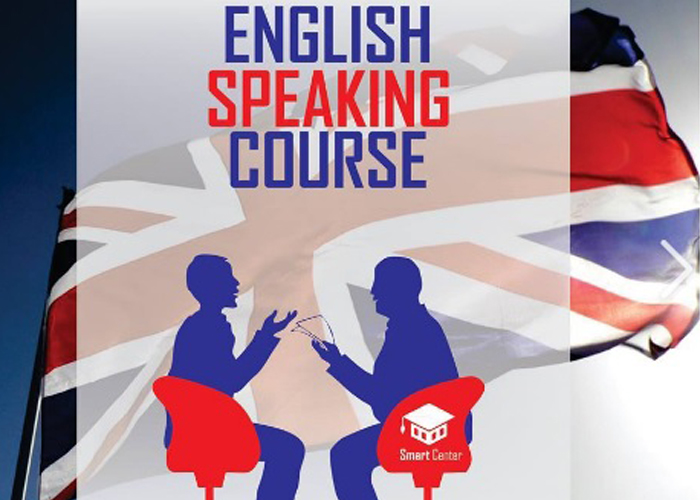
Beginners to Intermediate Classes
Based on free demo session the level of your understanding is decided. We recommend 60 hours of training for beginners. These sixty hours of training will help you understand the language from the core. You will be able to understand the words with its usages. In the first twenty hours you will get to know the Word Class of English Grammar. We will train you how to form Simple Sentences and Compound Sentences. The first twenty sessions will help you strengthen your foundation. After the first set of twenty sessions, it’s time for you to begin with the second set of 20 sessions. In this section you will learn to create your own sentences as per your situation. This section will involve Reading, Writing and Speaking. We will be sharing numerous topics for discussions during the session. The experts will monitor your speaking and writing abilities and will help you eradicate the flaws by sharing the system. The third phase is where you learn to speak, write, and read appropriately.
60 Hours Training Objectives
Speaking
Writing
Reading
Listening
Our teachers will conduct weekly assessment program based on the tutoring lessons.
Weekly Assessment of each module
Subject Content
The skills covered in the syllabus are outlined below.
Speaking
Core
Extended
Reading
Core
Extended
Writing
Core
Extended
Listening
Core
Extended

Your information will never be shared with any third party